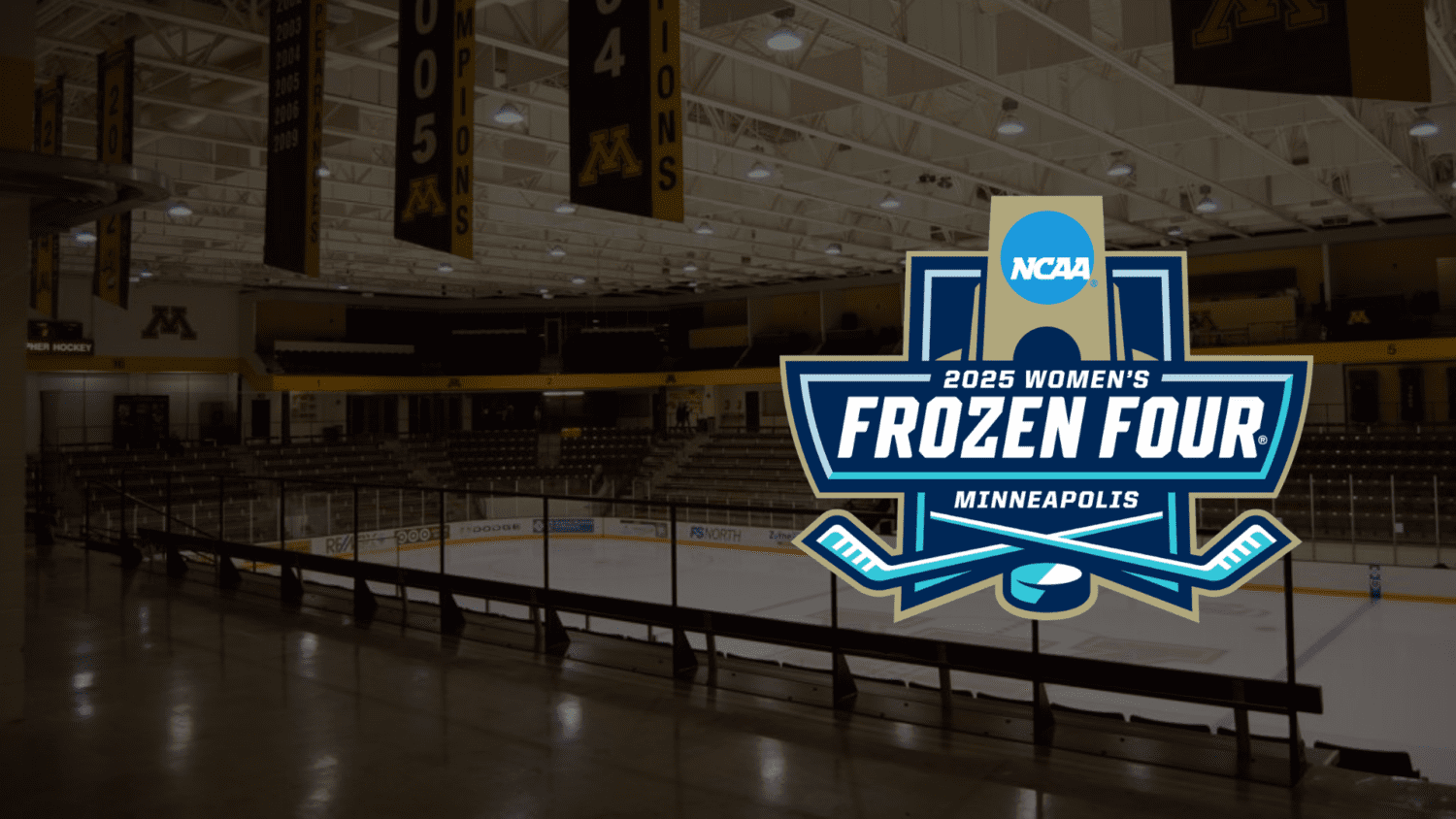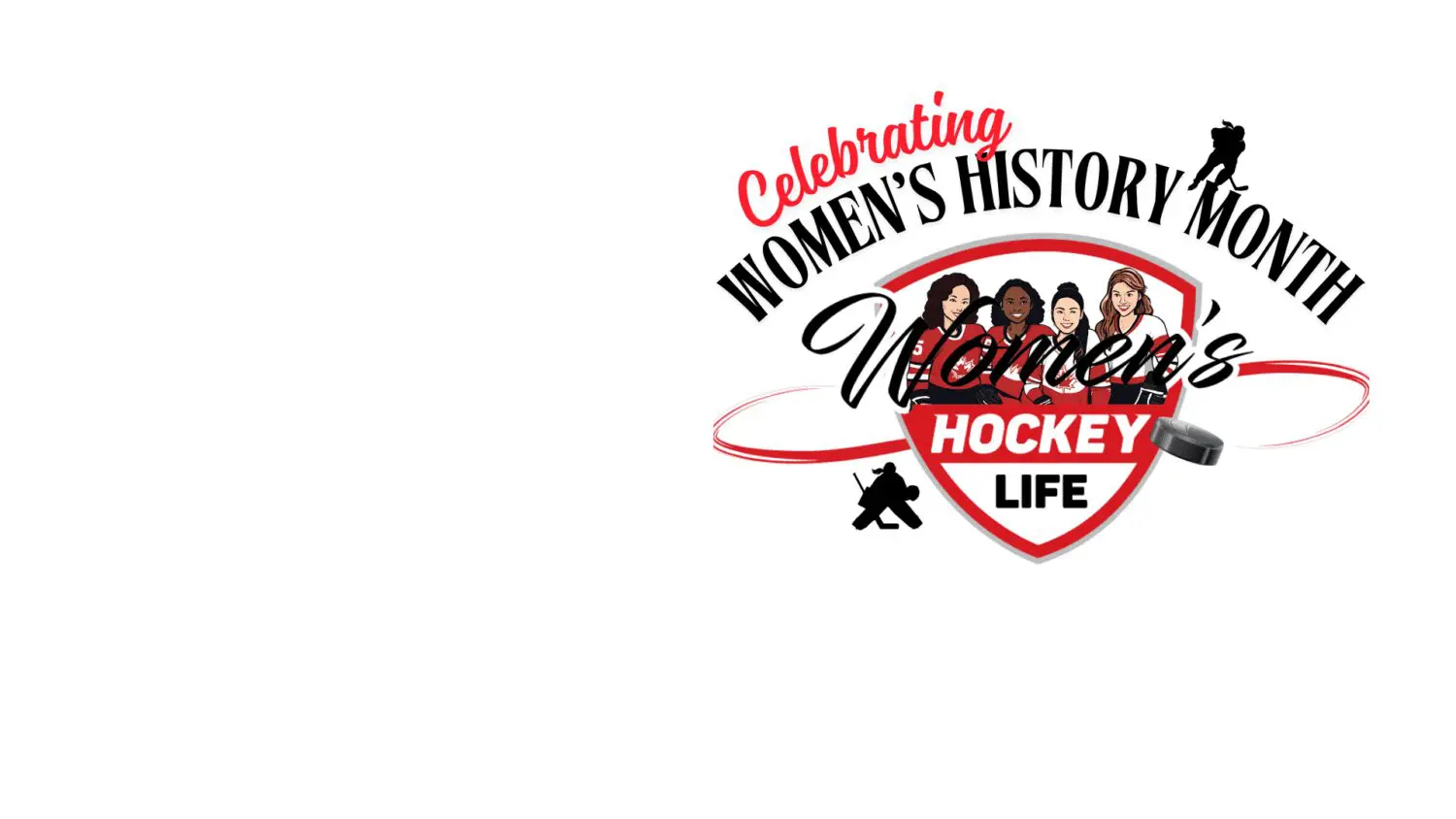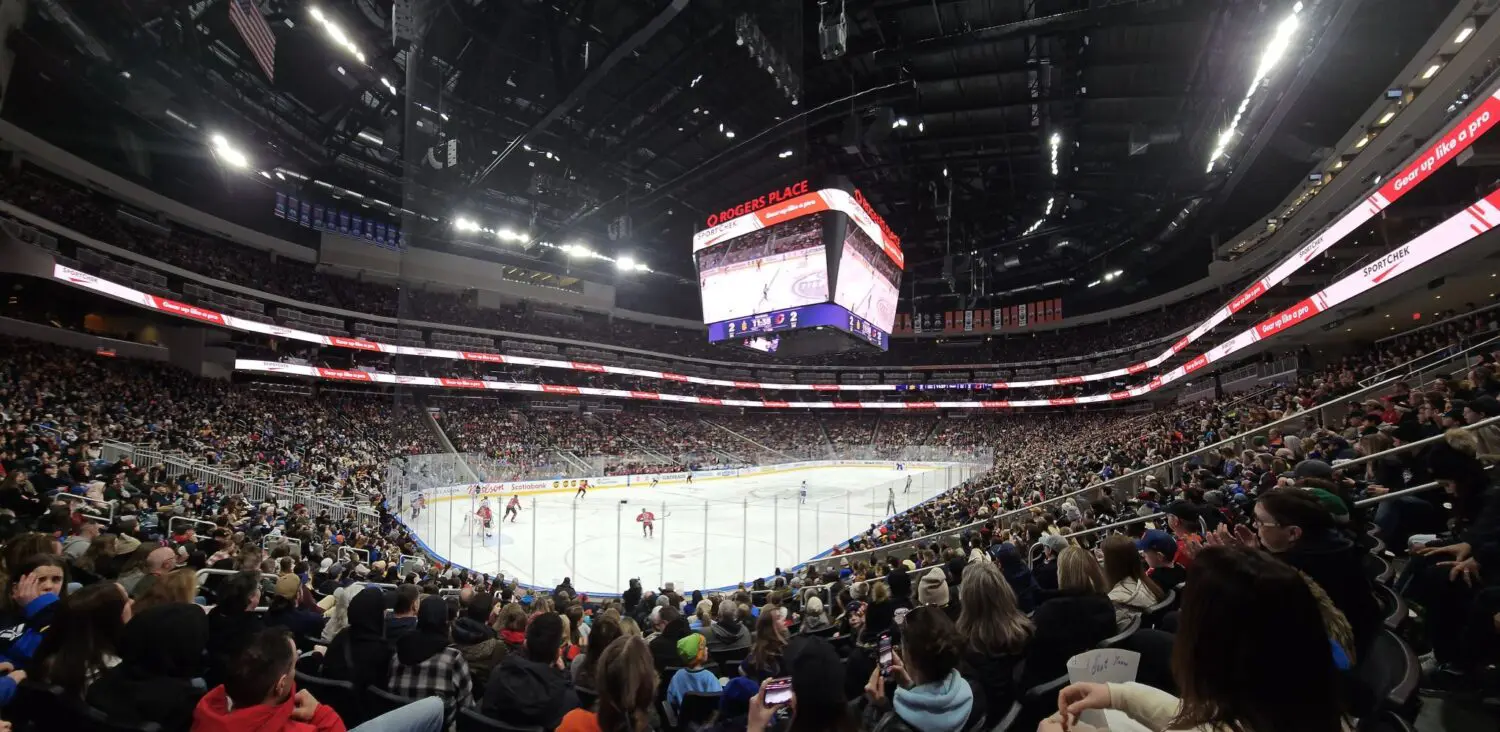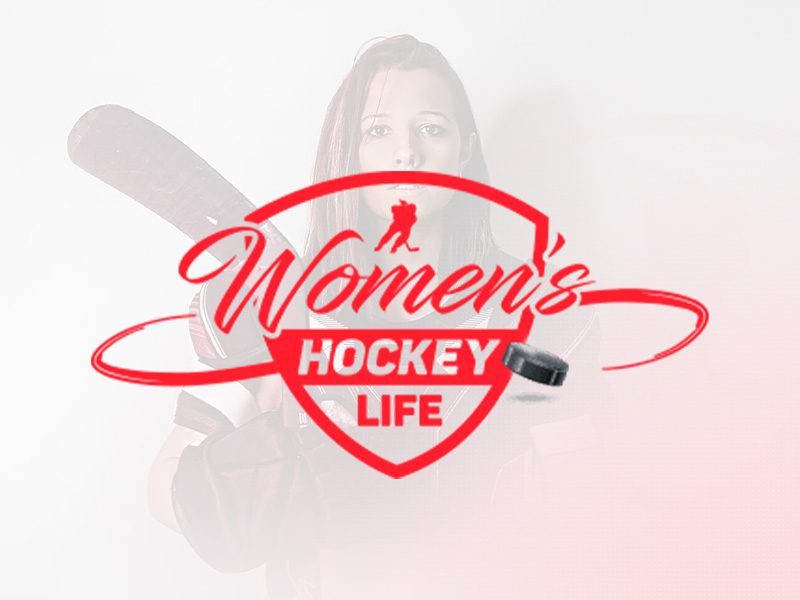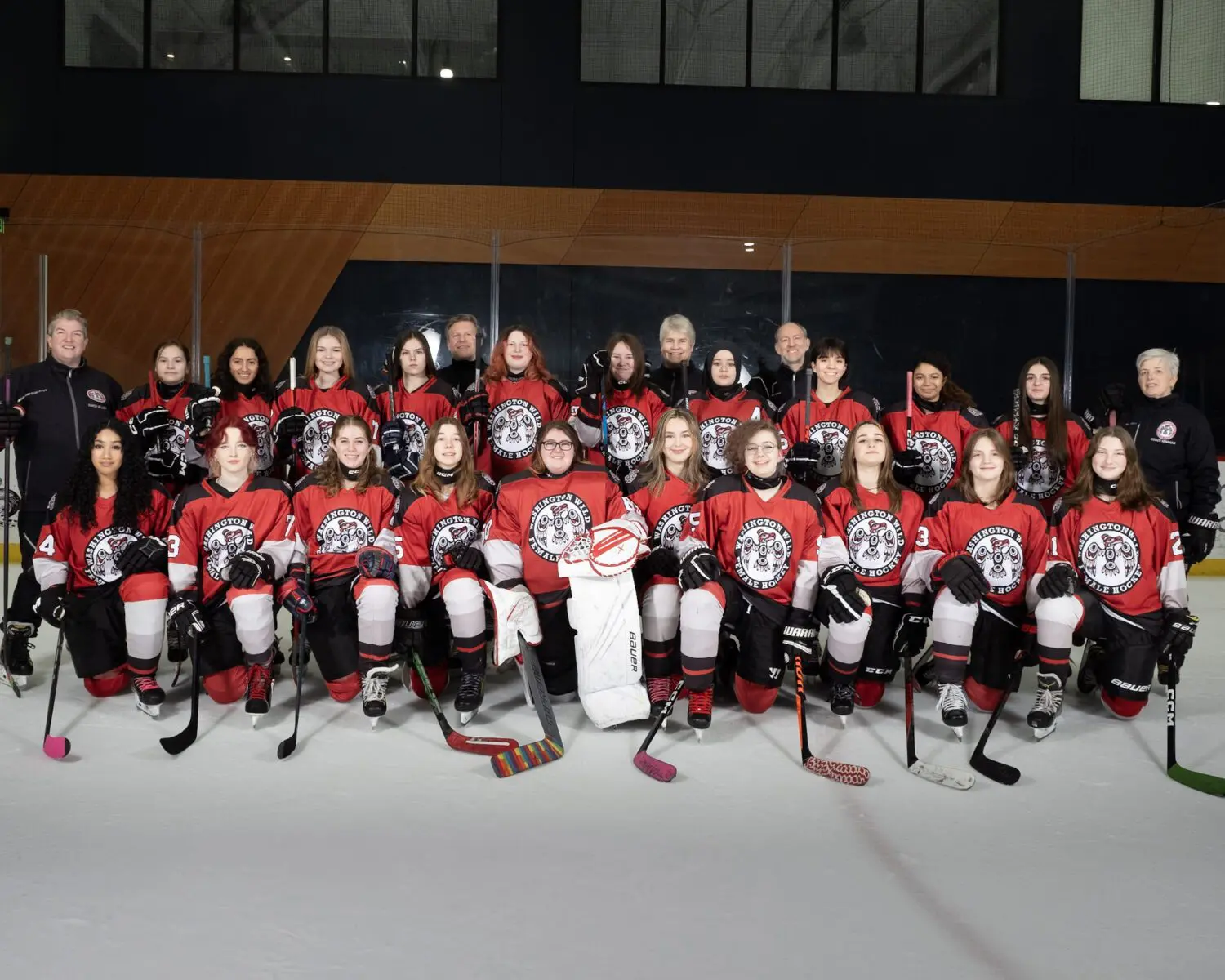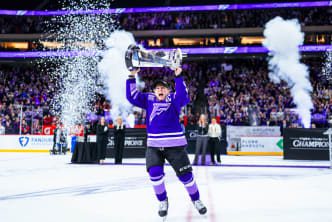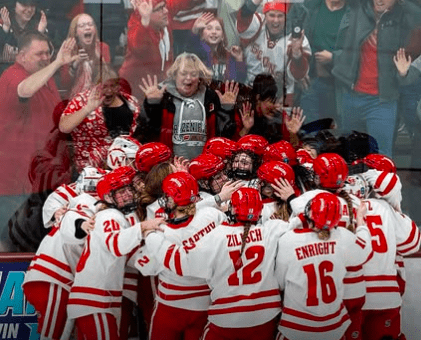There is an ongoing debate about the benefits of playing multi sports as a youth athlete, versus focusing all your efforts on one sport. Advocates of the single-sport specialized approach tend to toss out theories such as Malcolm Gladwell’s “10,000 Hour Rule.” In his book “Outliers,” Gladwell presents a theory stating that it takes roughly 10,000 hours of practice to attain mastery in a field.
On the other side of the coin, multi sport enthusiasts can point to the research of David Epstein, author of “The Sports Gene.” Epstein noticed a pattern among elite athletes that suggests the theory that sampling multiple sports before the age of 12 led to a higher success rate in their eventual chosen sport. Through his research, Epstein discovered that higher rates of athletes who peaked at sub-elite levels tended to specialize in their chosen sport from a young age, leading to more instances of athletes hitting a plateau.
There are compelling statistics and arguments that support both theories. Having read much of the data out there, I’ve come to a personal conclusion that both of these theories are correct, to an extent. I agree with Gladwell and his 10,000-hour rule, but I also agree with Epstein that sampling multi sports is essential to achieving elite levels. I believe there is a connection between the two theories in that most sports in general have several physical and cognitive similarities and requirements. In other words, there are multiple connections between sports like hockey, soccer, baseball, basketball and football. And when an athlete takes a break from one sport to play another, they are still contributing to their 10,000 hours of practice.
Growing up, I always had a very strong overall desire to play hockey. Although I absolutely loved hockey, my level of interest went through peaks and valleys. The one thing that always brought me back to the summit was getting away from the rink to do something different. As a young hockey player, I had opportunities to play hockey almost year round. I usually did partake of the spring hockey programs, but once the hot summer months rolled around I swapped my skates for soccer cleats.
Taking a two-month absence from hockey to play soccer helped me to recharge my batteries and get a much-needed break. It wasn’t so much of a physical break as it was a mental break. And while I wasn’t playing hockey, I always felt that my hockey skills continued to improve. The reason for this, I believe, is that soccer calls for transferable physical and mental skills that are consistent with what is required by hockey players. Playing as a center midfielder, I was constantly working on my conditioning and footwork, building my communication skills and spatial awareness. I’ve always felt that there were so many similarities between soccer and hockey, just like I feel that there are comparable similarities between hockey and football, as well as hockey and basketball.
As a hockey-development specialist, I’m a big advocate of kids playing multiple sports (a la David Epstein). And I’m always looking for the connections between the physical movements, strategies and cognitive requirements to help hockey players develop as athletes, as they take beneficial breaks from the rink to participate in other sports.
Here are some examples of the connections between other sports and hockey, and the benefits to developing versatile, athletic hockey players:
Basketball and Hockey
With basketball and how it benefits hockey players, one of the first things that jump out at me is ball protection. The way basketball players use their footwork, legs and hips to protect the ball is precisely what hockey players are taught when they learn how to protect the puck from defenders. Conversely, the way basketball players use effective footwork and controlled body contact to defend by containing attacking players is extremely similar to how hockey players battle in the corners and along the wall for puck possession.
Another similarity is in how basketball defenders in the post “box out” attacking players, and vice versa. In hockey this is a valuable transferable skill to learn when establishing body position in front of the net, as a defender to either clear out a rebound or as a forward to score on one.
When devising strategies for your power play, you can learn a lot about effective ways to attack by watching how basketball teams run their offensive strategies. For example, Tex Winter’s “Triangle Offense” is quite similar in its purpose to hockey’s Box and One. In hockey, the “and one” works to create coverage confusion, forming multiple triangles with the corners of the box and creating out-manned situations.
Soccer and Hockey
One of the biggest similarities between hockey and soccer, in terms of physical and cognitive skills, has to do with spatial awareness and attacking strategies. Wayne Gretzky once said that hockey is all about “creating two-on-one situations”: You’re always trying to find ways to set up out-manned situations to achieve favorable outcomes. With soccer it is the same; since the pitch is so large, you need to get creative and find ways to generate two-on-one situations when attacking.
Another similarity in regard to skill transfer in both sports is the passing. There is a lot of movement in both hockey and soccer. In order to attack with flow, you need to be able to read where players are going to be and pass the puck or ball in that area. Hockey and soccer players both use spatial awareness to make “area passes” or “through balls.”
As with basketball—where there are a lot of principle similarities with ball and puck protection—the same can be said about soccer, and protecting the ball and defending against an attacker who has established effective positioning and ball protection. While attackers in both soccer and hockey can use deception and agility to beat defenders, the defenders need to stay low and use successful footwork, body positioning and arm and hand work to prevent attackers from outmaneuvering them.
Football and Hockey
I often classify defensemen, while breaking out or transitioning with the puck, as having to think and act as quarterbacks do. When a defenseman begins a controlled breakout, he or she has to quickly assess passing options, the way the other team is forechecking, and make a split-second, informed decision on what to do with the puck. It’s no different than a quarterback going through his passing progressions.
I also see a lot of similarities between cornerbacks/safeties and defensemen, in the way that they have to read the attack and maintain tight gap control on receivers or forwards. The principles are the same: match speeds and keep tight gaps while dissuading the quarterback or player with the puck from making a pass to the player you’re covering. All the while being ready to step up and intercept a pass if need be.
Baseball and Hockey
You may think of baseball and hockey as not having a whole lot of transferable skills. But if you look closely you will see a lot of similarities, especially with technique and movements. For one, the idea of weight transfer for batters and pitchers, driving off their back foot and bringing their hips through toward the target, is very similar to the technique required to shoot a puck. Also, when infielders turn a double play, they need to use effective footwork to rotate their hips and shoulders to square up for the throw to second or short. This is similar to how hockey players move the puck quickly around the perimeter of a power play setup. In both sports, the respective athletes rely on explosive movements and quick, informed decisions, like getting a jump on a fly ball or breaking to open ice for a stretch pass.
While I’ve focused on a few of the many similarities between the major sports and hockey, there are several other sports or activities that share transferable skills with hockey. And while I’ve chosen to focus on hockey and its connection with other sports, I feel that all sports, when broken down and examined closely, bear similar respective links.
Based on these observations, I think we can combine the theories of Gladwell and Epstein to conclude that while practice does make perfect, variety and versatility prevent burnout and developmental plateau. By sampling multi sports and striving to become the best athlete you can be, you will increase your chances of becoming an elite-level athlete.
USA Hockey’s American Development Model (ADM) Regional Manager, Bob Mancini, said it best: “At the youngest ages, we shouldn’t try to develop hockey players. We should develop athletes who love hockey.”
Jamie McKinven scratched and clawed his way up to the minors, only to fall short of his ultimate dream of playing in the NHL. McKinven currently coaches his former Junior A team, the Kingston Voyageurs of the OJHL. He is the author of the book “So You Want Your Kid to Play Pro Hockey?” which is available on Amazon and Barnes and Noble.com. For more information visit his website, www.glassandout.com.
From an article appearing on CrossIceHockey.com—Where Rec Hockey Lives
[adrotate group=”1″]
Related Articles
Categories
Recent Posts
[adrotate group=”2″]

